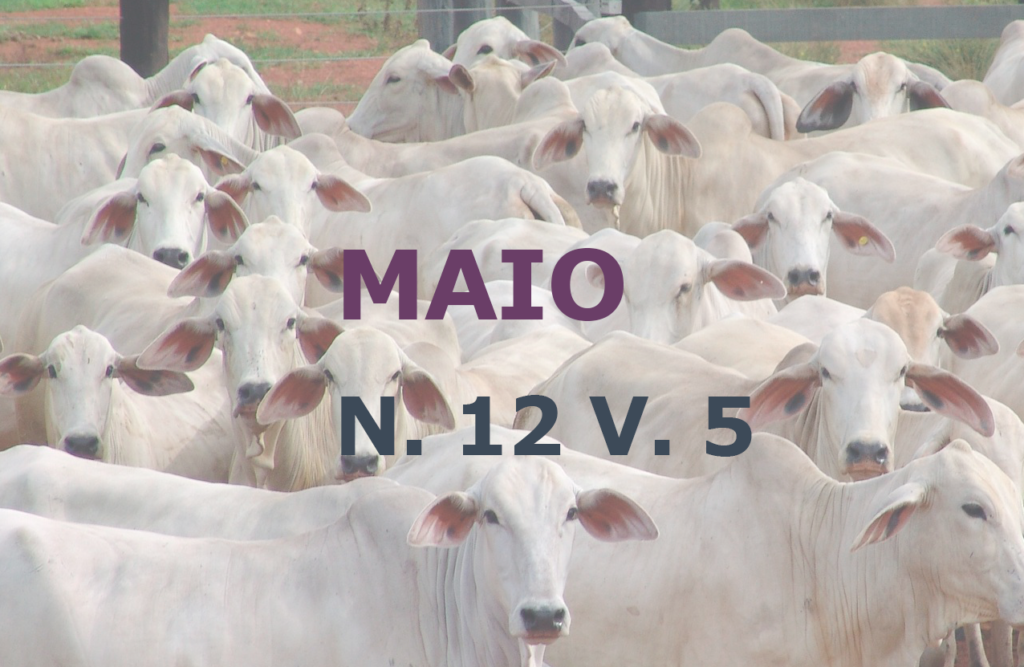Energy expenditure of grazing cattle: Experimental methods and determinants
DOI:
https://doi.org/10.22256/pubvet.v12n5a95.1-14Keywords:
energy, energy metabolism, animal nutritionAbstract
In the case of Brazilian cattle breeding, the principal breeding system in most of the country is the grazing system, characterized by vast tracts of land available and a tropical climate that favors the growth of adapted grasses. A notable feature of this breeding system is the seasonality of forage production that is abundant in the rainy season and scarce in the dry season; this situation compromises the performance of the performance indexes of the animals and causes losses in their productivity. In the animal production chain, energy is a prominent factor in production, being essential to sustain all vital and metabolic processes of the body, among other functions. It is necessary to observe that animals raised in pasture have greater energy expenditure, since they move more in search of food. Thus, the objective was to list methods of energy expenditure determination and to demonstrate the importance of adopting an adequate food management.
Downloads
Published
Issue
Section
License
Copyright (c) 2018 Alayzza Machado, Fagton de Mattos Negrão, Anderson de Moura Zanine, Bruno Rafael Santos Borges, Túlio Otávio Jardim D’Almeida Lins, Abílio da Paixão Ciríaco

This work is licensed under a Creative Commons Attribution 4.0 International License.
Você tem o direito de:
Compartilhar — copiar e redistribuir o material em qualquer suporte ou formato
Adaptar — remixar, transformar, e criar a partir do material para qualquer fim, mesmo que comercial.
O licenciante não pode revogar estes direitos desde que você respeite os termos da licença. De acordo com os termos seguintes:
Atribuição
— Você deve dar o crédito apropriado, prover um link para a licença e indicar se mudanças foram feitas. Você deve fazê-lo em qualquer circunstância razoável, mas de nenhuma maneira que sugira que o licenciante apoia você ou o seu uso. Sem restrições adicionais
— Você não pode aplicar termos jurídicos ou medidas de caráter tecnológico que restrinjam legalmente outros de fazerem algo que a licença permita.





